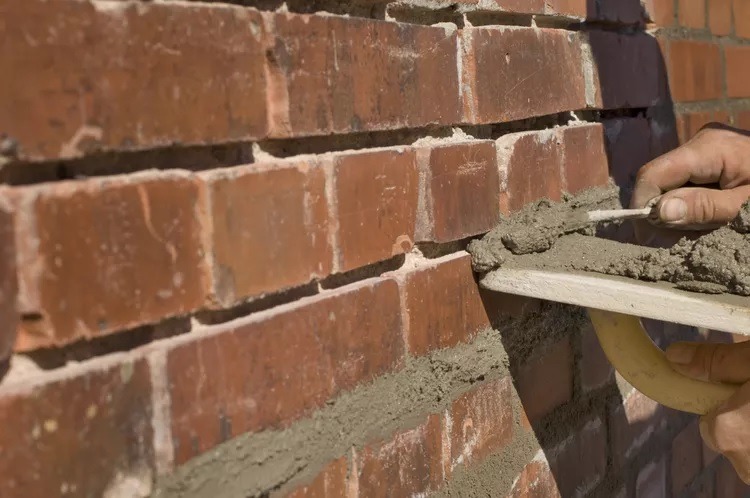Reviving Your Home’s Charm: The Ultimate Guide to Repointing Brickwork
Repointing brick is not just a maintenance task; it’s an art form that breathes new life into your home, preserving its beauty and structural integrity. Over time, weather and natural wear take their toll on mortar joints, the crucial “glue” that holds brick structures together. If left unattended, deteriorating mortar can lead to moisture infiltration, brick damage, and even structural issues. This comprehensive guide delves into the essentials of repointing brick, offering insights and practical steps to rejuvenate your home’s facade.

Understanding Repointing: More Than Just a Facelift
Repointing is the process of renewing the external part of mortar joints in brick masonry. This maintenance work is crucial for preventing water entry and ensuring the longevity of masonry structures. It’s a meticulous task that involves removing damaged mortar and replacing it with new mortar, closely matching the original in composition, color, and texture. This not only preserves the aesthetic appeal but also the structural integrity of the masonry.
When to Repoint
Knowing when to repoint is crucial. Signs that your brickwork needs attention include crumbling or cracking mortar, gaps between the mortar and bricks, and moisture issues inside the home. It’s not just about aesthetics; it’s about preventing further damage. A simple way to test mortar’s condition is by gently scraping it with a key. If it flakes or powders easily, it’s time to consider repointing.
Choosing the Right Mortar
The mortar mix is not a one-size-fits-all solution. The right mix depends on the type of brick and the building’s age. Historic buildings, for example, require a softer, lime-based mortar, while modern structures might use a stronger, cement-based mix. Matching the mortar’s color and texture to the existing brickwork is also essential for a seamless finish.
The Repointing Process: Step by Step
- Safety First: Always wear protective gear, including gloves, goggles, and a dust mask.
- Remove Old Mortar: Carefully chisel out the damaged mortar to a depth of about ½ to ¾ inches, avoiding damage to the bricks. For larger projects, a grinder with a diamond blade can expedite the process, but use it with caution to prevent brick damage.
- Clean the Joints: Use a brush to remove dust and debris from the joints, ensuring a clean surface for the new mortar to adhere to.
- Prepare the Mortar Mix: Follow the manufacturer’s instructions to prepare the mortar, aiming for a consistency that holds its shape without being too wet or dry.
- Apply the Mortar: Use a pointing trowel to fill the joints with mortar, compacting it firmly. Ensure the mortar is packed tightly to prevent air pockets, which can lead to moisture infiltration.
- Tooling: Once the mortar starts to set, shape the joints with a jointer tool to match the existing pattern. This step is crucial for water runoff and aesthetic consistency.
- Curing: Keep the newly repointed areas damp for several days to slow the curing process, which strengthens the mortar.
- Clean Up: After the mortar has set, use a brush to clean off any excess from the brick faces.
Hiring a Professional vs. DIY
While repointing can be a DIY project for those with masonry experience, the precision and knowledge required often make hiring a professional the better choice. A skilled mason will ensure the correct mortar mix and application technique, preserving your home’s structural integrity and aesthetic value.
Conclusion
Repointing brickwork is a vital maintenance task that extends your home’s lifespan and enhances its beauty. By understanding the signs of mortar wear, selecting the right materials, and following the proper steps, you can ensure your brickwork remains strong and attractive for years to come. Whether you choose to DIY or hire a professional, repointing is a wise investment in your home’s future.
Remember, repointing is more than just a cosmetic fix; it’s a crucial preservation effort that protects your home from the elements and time itself. With the right approach, you can ensure your home remains a source of pride and joy for generations


